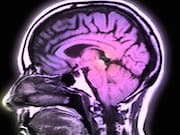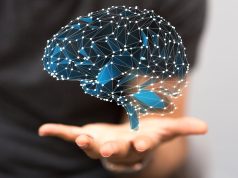Further, the system can justify its decisions using an atlas of training CT images
THURSDAY, Jan. 3, 2019 (HealthDay News) — An artificial intelligence system can diagnose and classify intracranial hemorrhage (ICH), according to a study published online Dec. 17 in Nature Biomedical Engineering.
Hyunkwang Lee, from Massachusetts General Hospital in Boston, and colleagues developed an understandable deep-learning system to detect acute ICH and classify five ICH subtypes from unenhanced head computed-tomography scans. For algorithm training, 904 cases were used, each consisting of approximately 40 individual images. The model was then tested in a set of 200 retrospective scans and a prospective set of 196 scans.
The researchers found that the system achieved a performance similar to that of expert radiologists in two independent test datasets (retrospective scans, sensitivity of 98 percent and specificity of 95 percent; prospective scans, sensitivity of 92 percent and specificity of 95 percent). To solve the “black box” problem of artificial intelligence in which systems do not explain how the decision was derived, the system saved images from the training set that were most representative of the classic features of each of the five hemorrhage subtypes. Using this reference atlas, the system displayed images similar to the case being analyzed to justify its decisions.
“In addition to providing that much needed virtual second opinion, this system also could be deployed directly onto scanners, alerting the care team to the presence of a hemorrhage and triggering appropriate further testing before the patient is even off the scanner,” a coauthor said in a statement.
One author disclosed financial ties to Nulogix and DoAI.
Copyright © 2018 HealthDay. All rights reserved.








